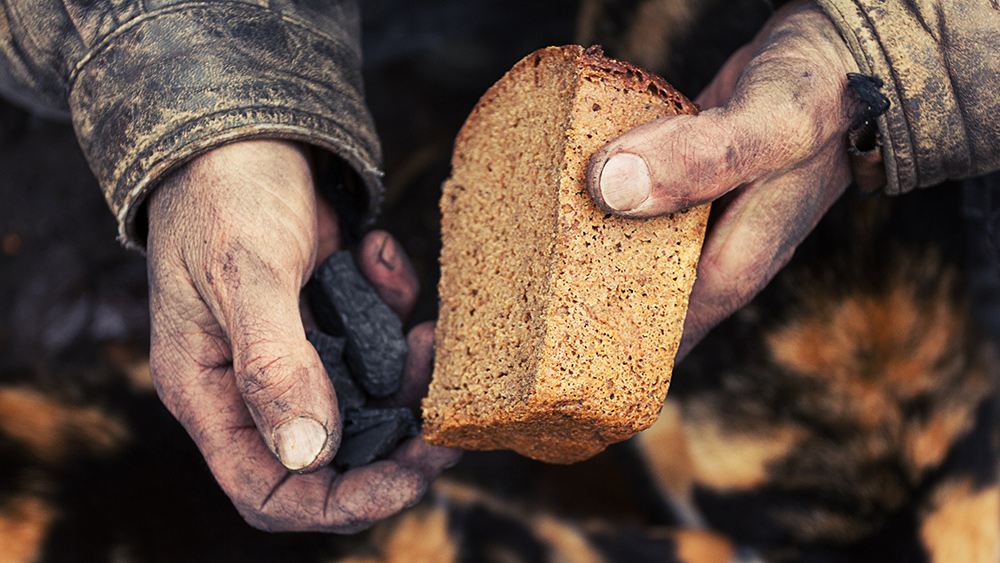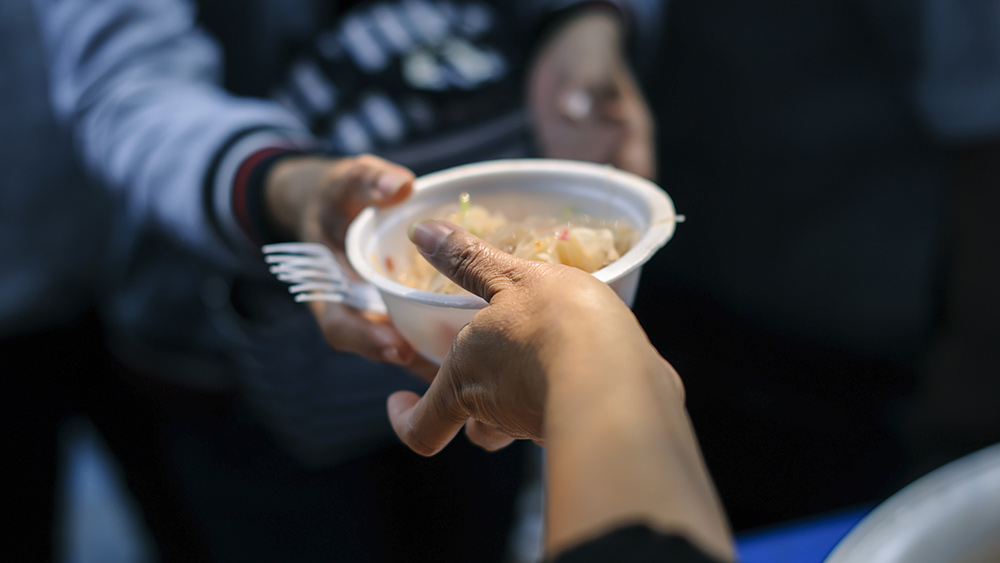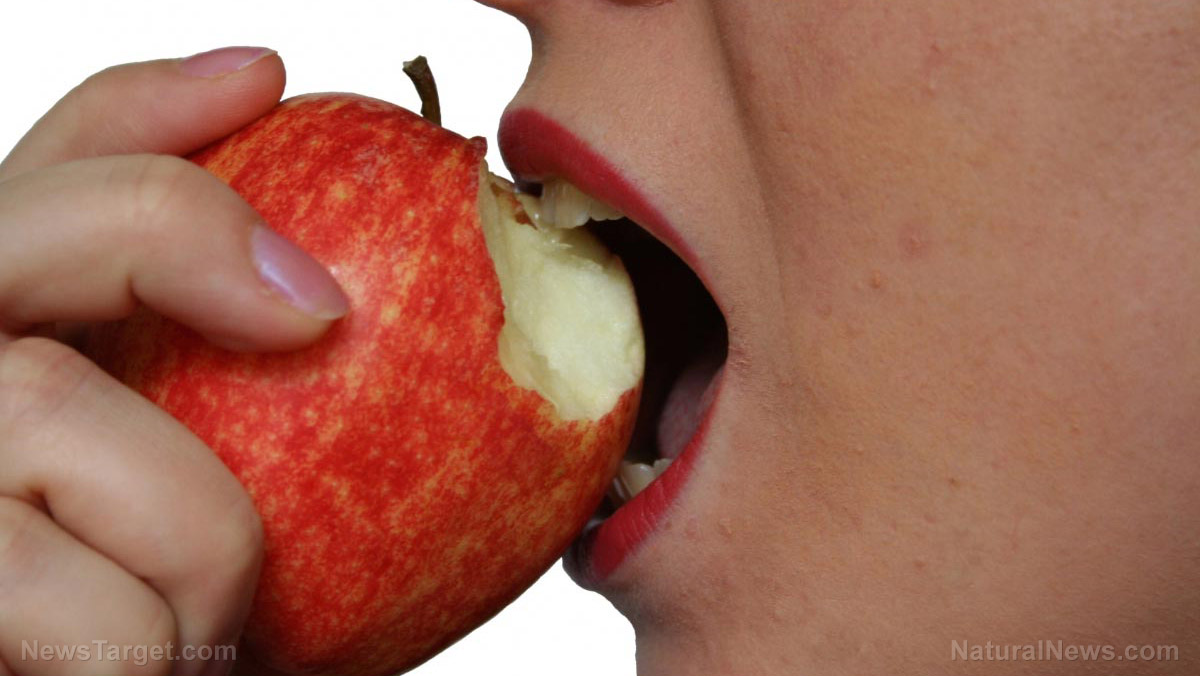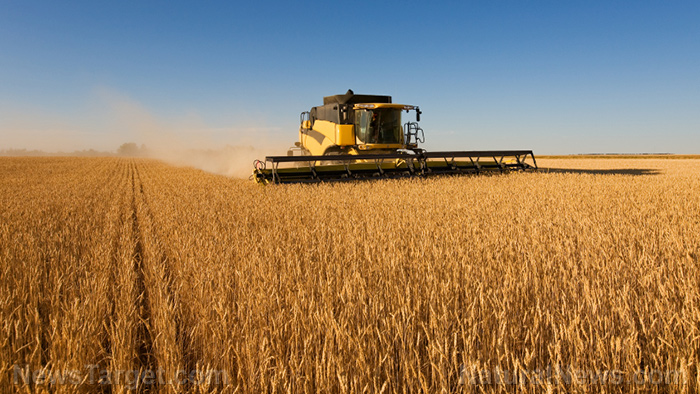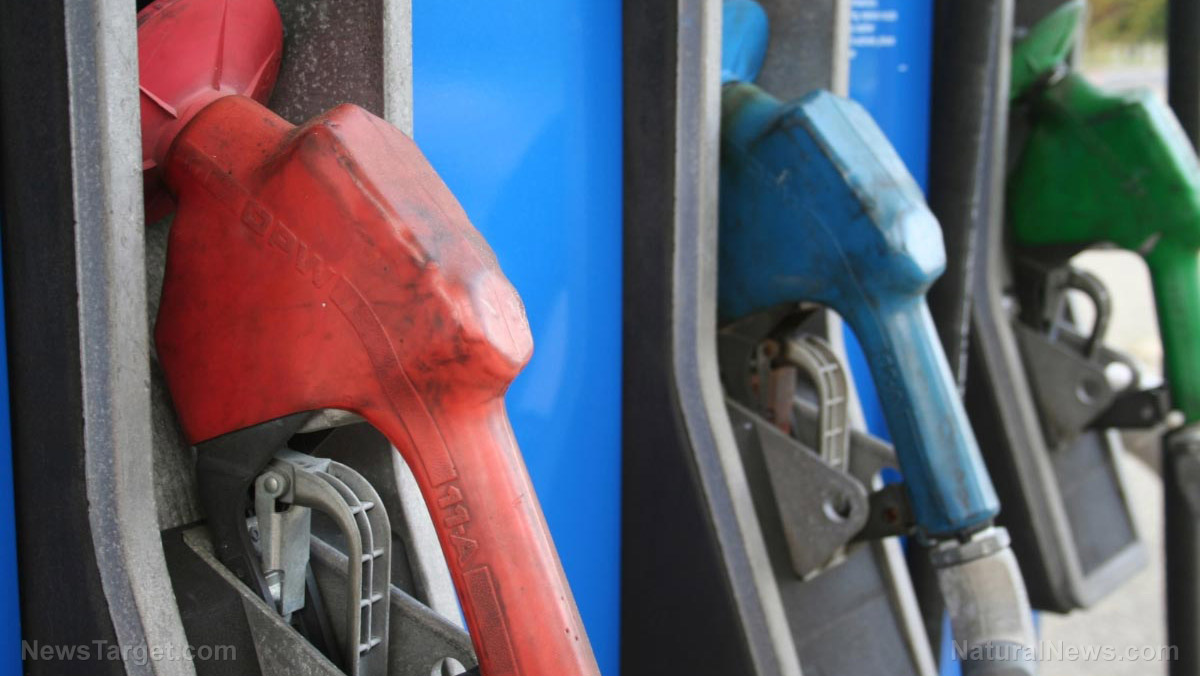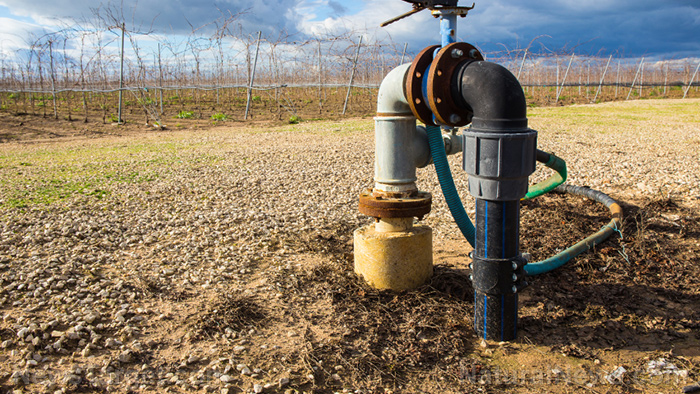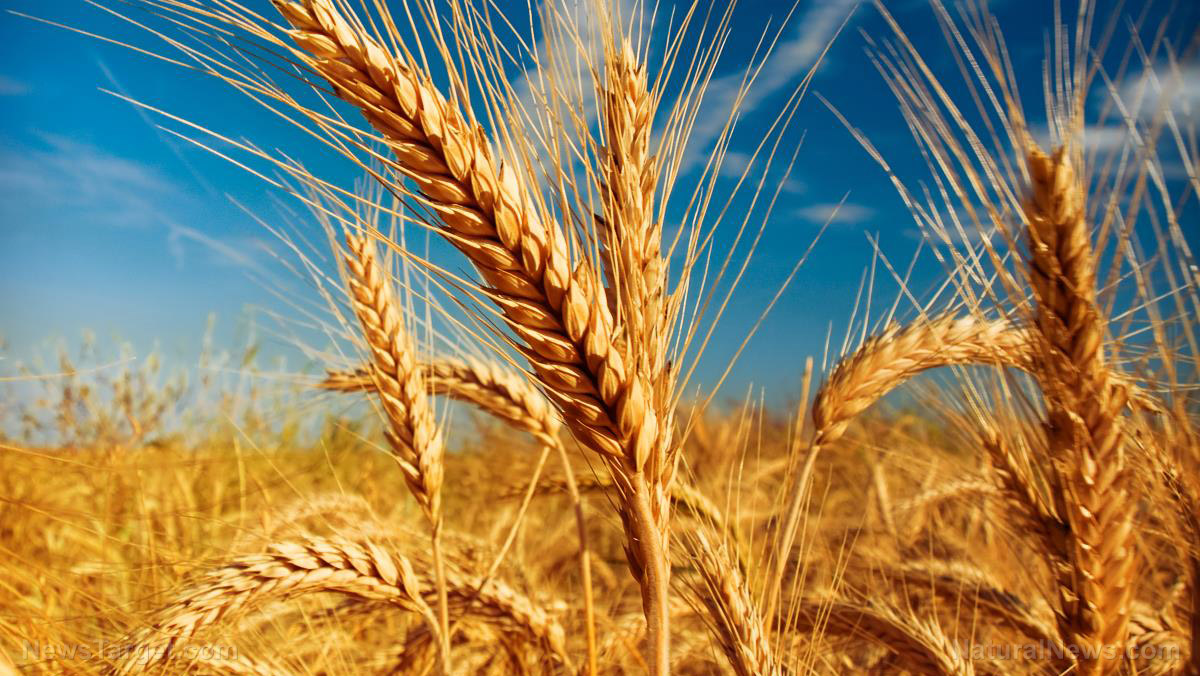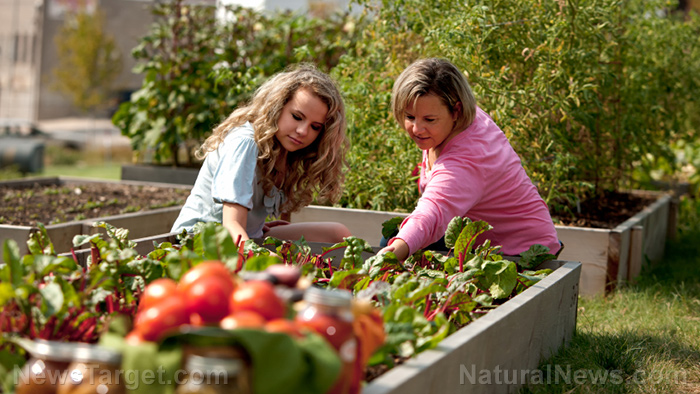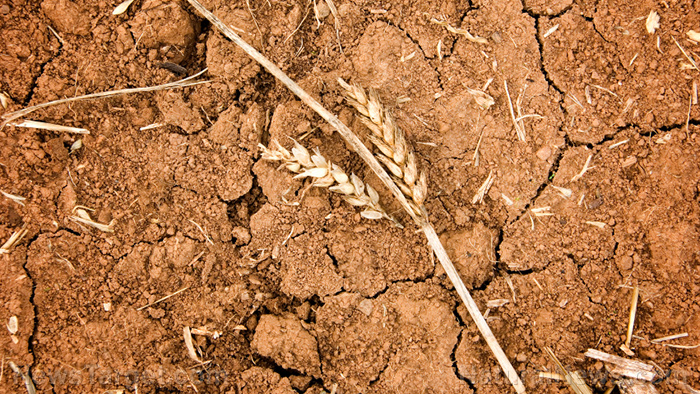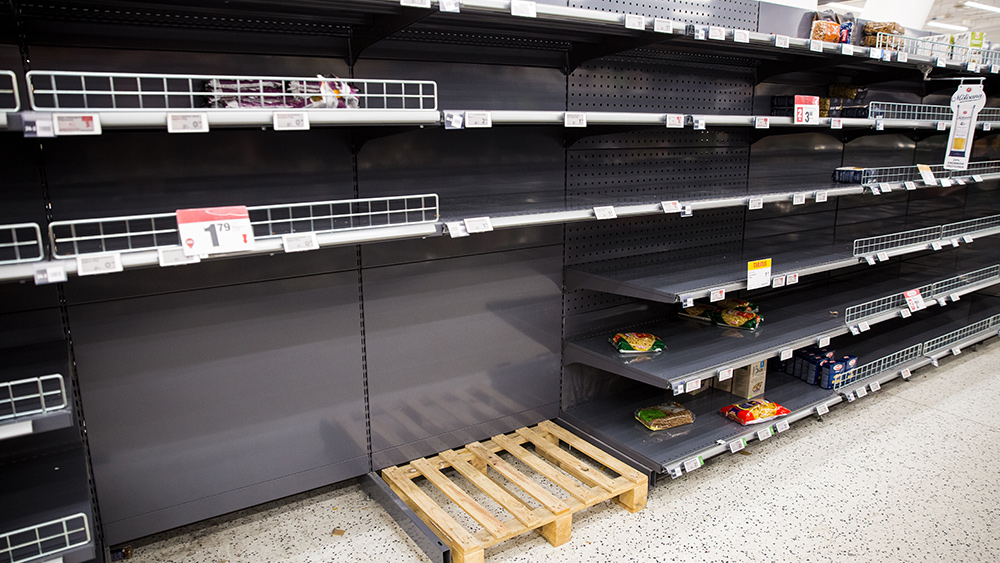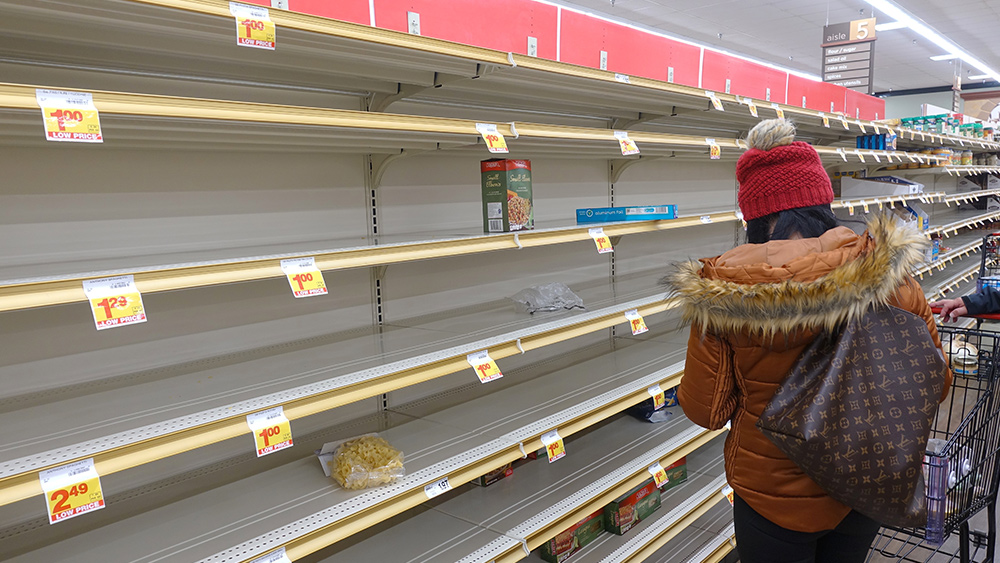Texas drought could eclipse drought of 2011, the state’s worst on record
06/30/2022 / By Arsenio Toledo
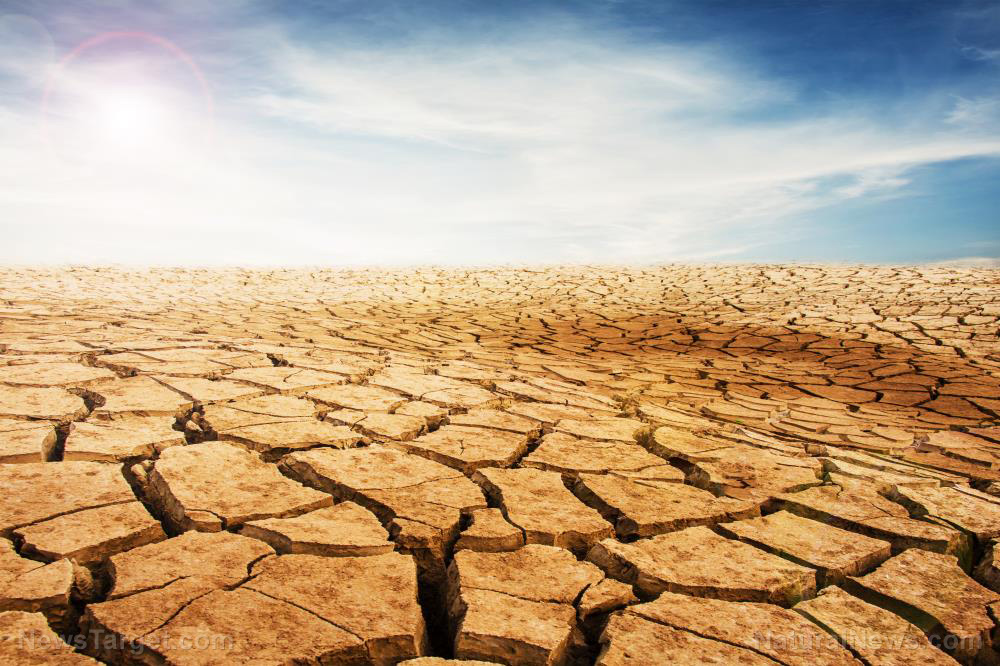
The ongoing drought in the state of Texas is approaching levels not seen since the historic drought of 2011.
More than 45 percent of the contiguous United States is currently experiencing a drought, including most of the Southwestern U.S., which is dealing with severe, extreme or exceptional levels of drought.
The 2011 drought was the driest year on record for Texas. It caused an estimated $7.62 billion in crop and livestock losses. Texas officials are warning that the ongoing drought is approaching the record-breaking level of damage the state experienced a decade ago, with more than 80 percent of the state already dealing with drought conditions. (Related: 5 Texas counties designated natural disaster areas as drought continues to ravage the state.)
Cities like Midland and Lubbock in West Texas have already surpassed the drought conditions they experienced in 2011.
As of late June, about 17 percent of all land in Texas is experiencing “exceptional” drought conditions. This is the highest recorded figure since the 2011 drought when over 70 percent of land in the state dealt with exceptional drought conditions. Weather data from the National Oceanic and Atmospheric Administration (NOAA) shows that May 2022 is tied for the warmest May on record in the state, along with May 2018.
Freak weather conditions causing agricultural issues
The lack of rain is resulting in lower crop production and decreased levels of moisture in the soil.
“We can’t outfox what Mother Nature sends us,” said Lloyd Arthur, who owns a cotton farm about 30 miles outside of Lubbock. “2022 has been one for the record books. We’ve always compared years to 2011, as far as droughts and whatnot, but 2022 is worse. We don’t have any underground moisture.”
Drought conditions have affected West Texas since Aug. 2021. The region has received some rainfall in the last few weeks, but it is not enough to lift the area out of its dire drought conditions. In May, the area only received about three inches of rain.
“Planting time came and we got a few rains, but they were short-lived rain events,” said Arthur. “It kind of gave us a little false hope. We were so dry, with no moisture underneath, that a lot of the rain did run off.” He is still hoping to have a decent crop this year. Parts of his farm were able to grow crops.
Victor Murphy, climate service program manager for NOAA, noted that it is valid for farmers like Arthur to fear that the ongoing drought will be worse than the 2011 drought.
“I’ve been holding off saying that for a while because parts of the state had good rainfall in May. But seeing June be as dry as it’s been, we’re actually running ahead of 2011 right now,” said Murphy. His current concern is that the current drought might last for too long and create a feedback cycle that would be difficult to get out of.
This cycle can make it so that any precipitation in the region might evaporate before it can reach the soil, critically impacting agriculture. Even crops that can grow in exceptionally dry conditions might not be able to survive without irrigation.
“If you go long enough without any rainfall, the ground becomes bone dry,” said Murphy. “So whatever heat comes down, it just radiates back up. I think the state of Texas as a whole right now is very susceptible to that, and that’s what happened in 2011 too.”
Watch this video discussing the drought and how it is affecting Lake Mead.
This video is from the Red Pill channel on Brighteon.com.
More related articles:
Drought-stricken Texas finally gets some rain, but it may not be enough to save crops and cattle.
Sources include:
Submit a correction >>
Tagged Under:
agriculture, chaos, collapse, crops, disaster, drought, environment, famine, food collapse, food production, food scarcity, food shortage, food supply, harvest, hunger, panic, starvation, Texas, weather
This article may contain statements that reflect the opinion of the author
RECENT NEWS & ARTICLES
FoodRiots.news is a fact-based public education website published by FoodRiots.news Features, LLC.
All content copyright © 2021 by FoodRiots.news Features, LLC.
Contact Us with Tips or Corrections
All trademarks, registered trademarks and servicemarks mentioned on this site are the property of their respective owners.



